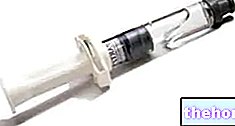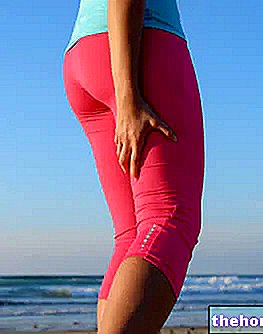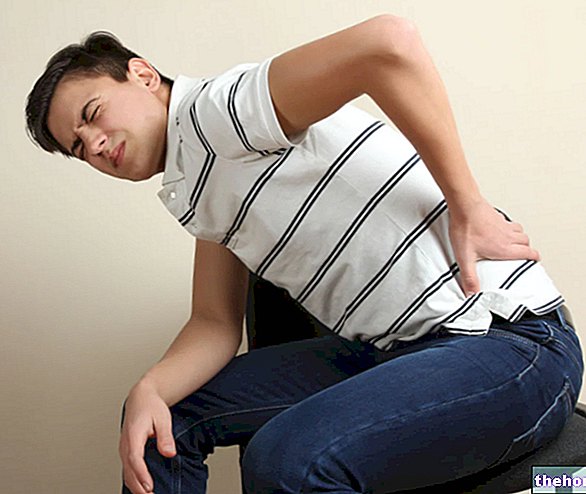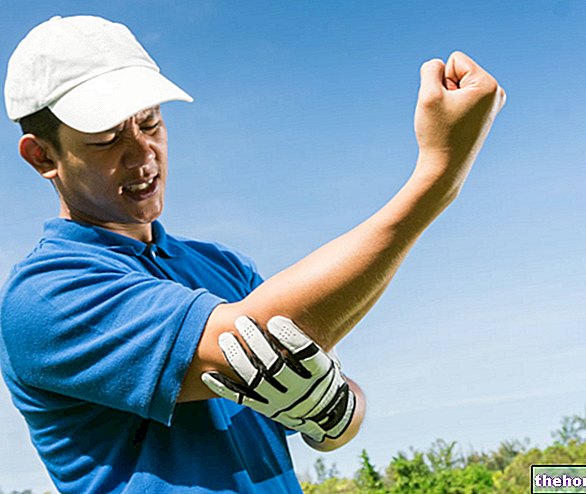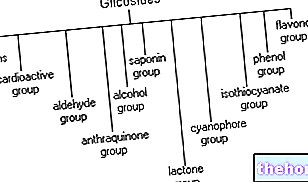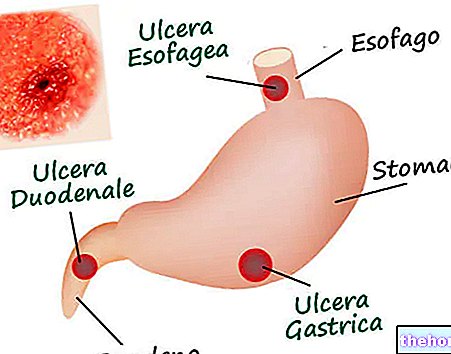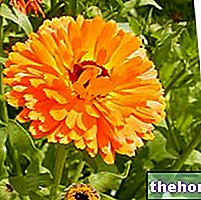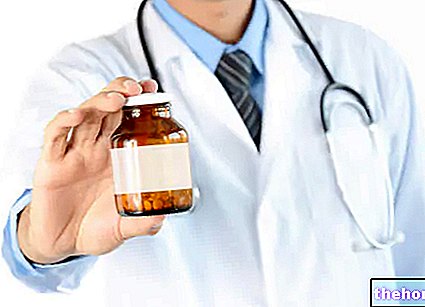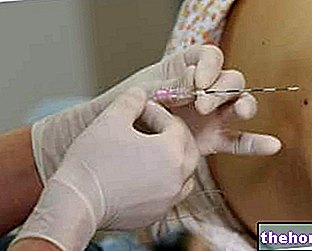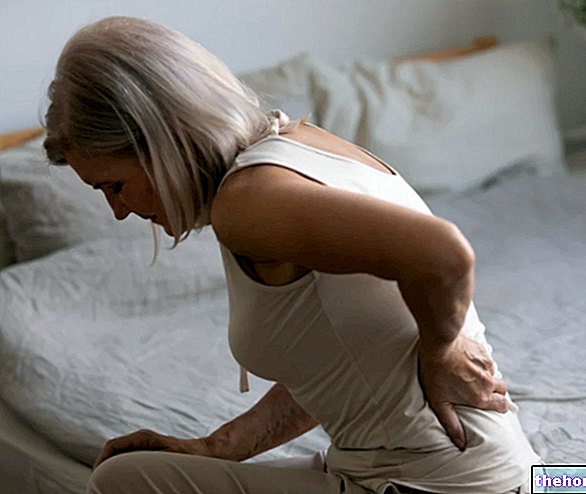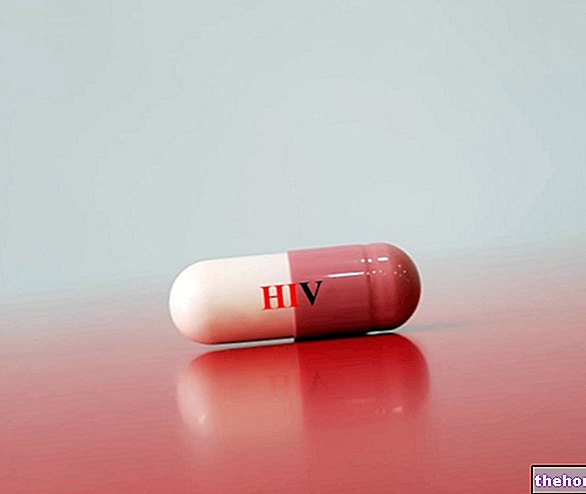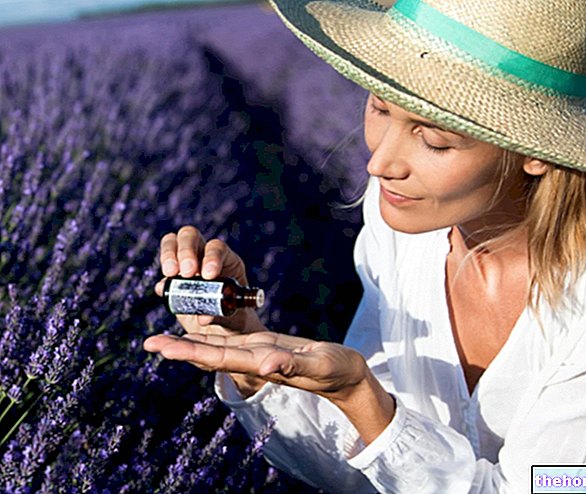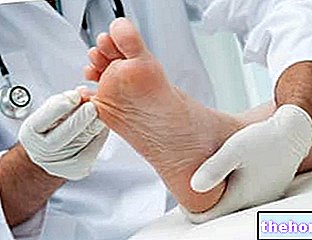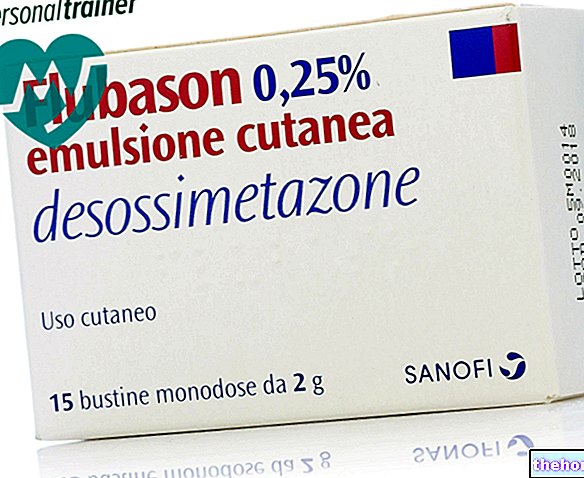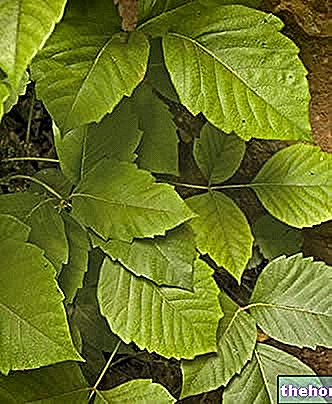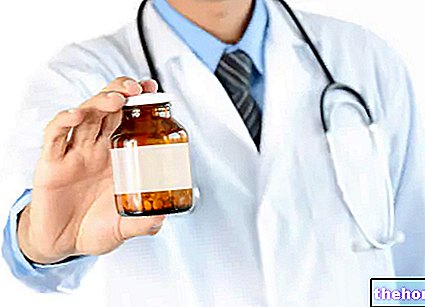Edited by Dr. Giovanni Chetta
From biochemistry to biomechanics

Extra-cellular matrix (MEC)
A description, albeit of what little we know today, of the ECM (extracellular matrix) is essential to better understand the importance of alterations in the spine and posture in health.
Every cell, like every multicellular living organism, needs to "feel" and interact with its environment in order to carry out its vital functions and survive. In a multicellular organism the cells must coordinate the different behaviors as in a community of human beings.
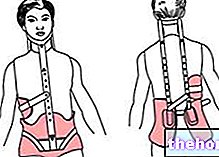
ECM is generally described as being composed of several large classes of biomolecules:
- Structural proteins (collagen and elastin)
- Specialized proteins (fibrillin, fibronectin, laminin etc.)
- Proteoglycans (aggrecans, syndecans) and glusaminoglycans (hyaluronans, chondroitin sulphates, heparan sulphates, etc.)
Among the structural proteins, i collagen form the most represented family of glycoproteins in the animal kingdom. They are the most present proteins in ECM (but not the most important) and are the fundamental constituents of connective tissues proper (cartilage, bone, fascia, tendons, ligaments).
Collagens are mostly synthesized by fibroblasts but epithelial cells are also able to synthesize them.
The collagen fibers continuously interact with an enormous quantity of other molecules of the ECM constituting a biological continuum fundamental for the life of the cell. The associated collagens in fibrils occupy a predominant role in the formation and maintenance of structures capable of resisting tension forces being almost inelastic Collagen is produced and re-metabolized as a function of the mechanical load and its visco-elastic properties have a great impact on man's posture.
Collagen fibers thanks to their PG / GAG coating (proteoglycans / glucosaminoglycans) possess biosensory and bioconducting properties. We know in fact that any mechanical force capable of generating a structural deformation stresses the inter-molecular bonds producing a slight electric flux, that is the piezoelectric current (Athenstaedt, 1969). Therefore the three-dimensional and ubiquitous collagen network also possesses the peculiar characteristic of conducting bioelectric signals in the three dimensions of space, based on the relative arrangement between collagen fibrils and cells, in the afferent direction (from the ECM to the cells) or vice versa efferent.
All this represents a real-time MEC-cell communication system and such electromagnetic bio-signals can lead to important biochemical changes, for example, in "bone osteoclasts cannot" digest "piezoelectrically charged bone (Oschman, 2000).
Finally, it should be emphasized that the cell, not surprisingly, produces continuously and with a considerable expenditure of energy (approx. 70%) material that must necessarily be expelled through the exclusive storage of protocollagen (biological precursor of collagen) in specific vesicles (Albergati, 2004).
The vast majority of vertebrate tissues require the simultaneous presence of two vital characteristics: strength and elasticity. A real network of elastic fibers, located inside the ECM of these tissues, allows to return to the initial conditions after strong tractions. The elastic fibers are able to increase the extensibility of an organ or a portion of it at least five times. Long, inelastic collagen fibers are interspersed between the elastic fibers with the precise task of limiting "excessive deformation by traction of the tissues." Elastin represents the major component of elastic fibers and is found in particularly abundant quantities in blood vessels with elastic characteristics ( constitutes more than 50% of the total dry weight of the aorta), in the ligaments, in the lung and in the skin. Smooth muscle cells and fibroblasts are the major producers of its precursor, tropoelastin.
ECM contains a large (and still not well defined) number of specialized non-collagen proteins that typically have specific binding sites for other ECM molecules and cell surface receptors. In this way, every single component of these proteins acts as an "amplifier" of contacts, both between similar and different molecules, creating an infinite biochemical network capable of generating, modulating, varying and propagating even at a distance millions and millions of biochemical information (and energy).
An important "specialized protein of the extracellular matrix is the fibronectin, high molecular weight glycoprotein found in all vertebrates. Fibronectin appears to be able to influence cell growth, intercellular adhesion and with ECM, cell migration in different ways (the cell can move up to 5 cm per day - Albergati, 2004) etc. The best known isoform, type III, binds to integrins. The latter are a family of transmembrane proteins that act as mechanoreceptors: they transduce, selectively and in a modulable way, mechanical tractions and pushes from the ECM inside the cell and vice versa, inducing a series of reactions in the cytoplasm that involve the cytoskeleton and other proteins that they regulate cell adhesion, growth and migration (Hynes, 2002).
Glucosaminoglycans (GAGS) and proteoglycans (PGs) form a highly hydrated gel-like substance defined within the connective tissues, within which the fibrillar proteins are housed and imbricated. This form of polysaccharide gel is able on the one hand to allow the ECM to resist considerable compressive forces and on the other hand to allow a rapid, constant and selective diffusion of nutrients, metabolites and hormones between blood and tissues.
The polysaccharide chains of glucosaminoglycans are volumetrically too rigid to fold inside the compact globular structures typical of polypeptide chains, in addition they are highly hydrophilic. For these reasons (and probably also for others unknown to us) the GAGs tend to assume extremely conformations. extended occupying a large volume in relation to their mass and thus forming considerable quantities of gel even at low concentrations. The high quantity of negative charges (the GAGs represent the most numerous anionic cells, being usually sulphated, produced by animal cells) attracts numerous cations; among these a predominant role is played by Na + which gives the whole osmotic capacity and traps an enormous quantity of water in the ECM. In this way, swellings (turgors) are generated that allow the ECM to oppose even important compressive forces (thanks to this, for example, the cartilage of the hip can, under physiological conditions, perfectly resist a pressure of several hundred atmospheres ).
Inside the connective tissue, the GAGs represent less than 10-12% of the global weight, however, thanks to their characteristics, they fill many of the extracellular spaces forming pores of hydrated gel of various sizes and densities of electrical charges thus acting as selective key points or "servers" through which the traffic of molecules and cells inside the MEC is regulated, based on their size, weight and electrical charge.
Hyaluronic acid (hyaluronan, hyaluronate) represents perhaps the simplest of the GAGs. Experimental and molecular-biological data confirm that it plays a fundamental role at the level of bones and joints regarding resistance to considerable pressures. filling of spaces in the ECM during embryonic development: it creates empty spaces between the cells into which they will migrate in later stages (Albergati, 2004).
Not all PGs are secreted by ECM, some are integral components of plasma membranes (Alberts, 2002).
The Extra-Cellular Matrix can therefore be considered as a very complex network in which proteins, PGS and GAGs provide innumerable functions including those of structural support and regulation of every tissue and organic activity. Global cellular homeostasis should be considered as a complex of mechanisms that can originate and develop inside the cell or outside in the ECM; in the latter case, the cell can represent the intermediate or final target. The extracellular components, in addition to representing physical support structures for the cellular scaffold, also act as real sites for the initiation, development and termination of vital processes concerning both the endocellular environment and organs and systems. We are faced with an infinite biochemical network capable of generating, modulating, varying and propagating, even at a distance, millions and millions of information.
Each cell of the body constantly interacts with the ECM, both under the mechanical and chemical and energetic aspects, with "dramatic" effects on the static and dynamic architecture of the tissues. According to P. A. Bacci, the interstitial matrix truly represents the mother of vital reactions, the place where, first of all, the exchanges between matter and energy take place. All fabrics are connected and functionally integrated with each other not in closed but open systems; continuous exchanges take place between them, which can take place both locally and systemically, exploiting biochemical, biophysical and electromagnetic messages, that is, using the various forms of energy.
As F. G. Albergati affirms, the cell and the extracellular matrix represent two apparently separate worlds that necessarily for the whole duration of life must interact at every moment in order to operate in a correct and synergistic way. This requires an extraordinary series of signals followed by an equally incredible series of molecular-biological activities.
Other articles on "Extra-Cellular Matrix - Structure and Functions"
- Treatment of scoliosis
- Scoliosis - Causes and Consequences
- Scoliosis Diagnosis
- Prognosis of scoliosis
- Connective tissue and Connective fascia
- Connective Band - Features and Functions
- Posture and tensegrity
- Man's motion and the importance of breech support
- Importance of correct breech and occlusal supports
- Idiopathic Scoliosis - Myths to Dispel
- Clinical case of Scoliosis and Therapeutic Protocol
- Treatment Results Clinical Case Scoliosis
- Scoliosis as a natural attitude - Bibliography

